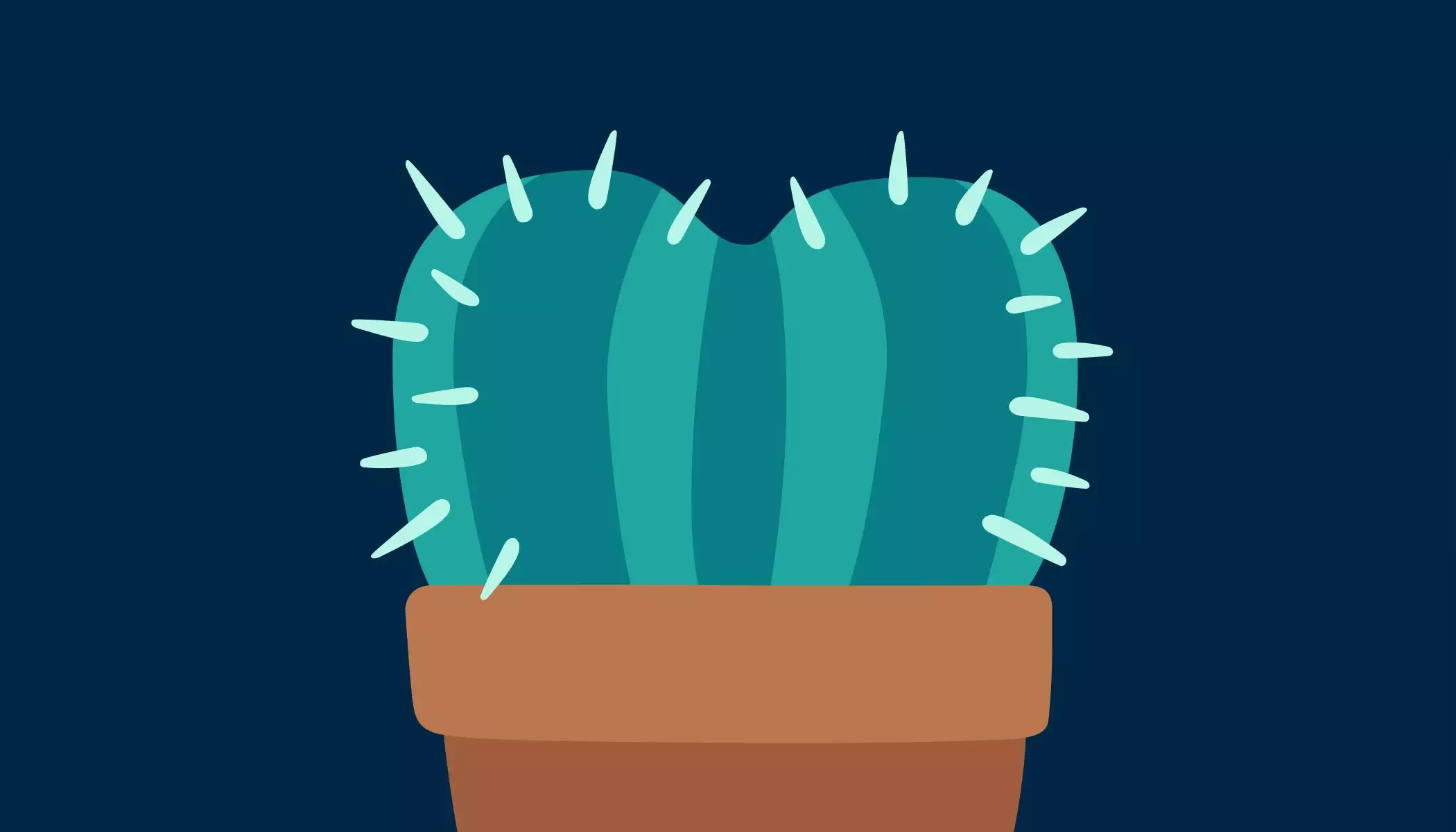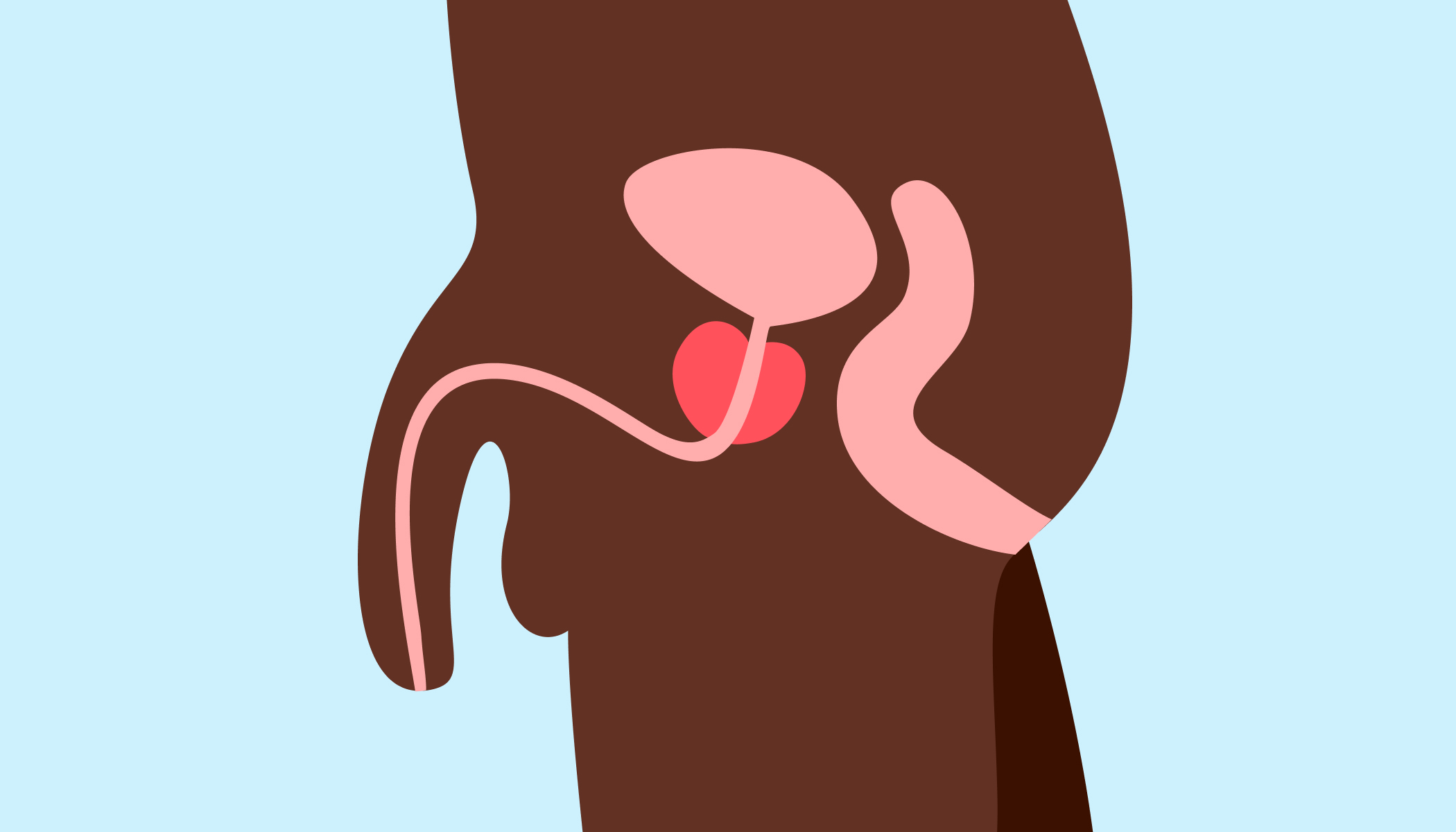Your testicles are a very sensitive part of your body. So whether it’s an occasional twinge or constant ache, testicular pain can be worrying. Most of the time there isn’t a cause for concern, but it’s worth knowing the most common causes of testicular pain and when it’s smart to get checked out.
What does testicular pain feel like?
Testicular pain can feel different from person to person, usually depending on the cause. The pain can be short and sharp or a dull ache that’s always there. You might feel pain in your left testicle, right or both, and the pain may spread to the lower abdomen and the area surrounding your testicles.
What is chronic testicular pain?
Chronic testicular pain is called chronic orchialgia. This is where testicular pain lasts for more than 3 months and affects your daily life, for example by making it too difficult to do physical activity. The pain can be intermittent or constant.
Chronic orchialgia might start from something small like a knock to the testicles or an infection, but if the pain is long-lasting it’s important to seek medical help.
8 common causes of testicular pain
1. Trauma
Almost everyone with testicles knows how much it can hurt when they’re knocked. A lot of testicular pain is simply down to trauma to the testicles which could be caused by an accident or playing sport. The pain is often accompanied by bruising or swelling.
If you’ve experienced a blow to your testicles, over-the-counter painkillers can help with the pain, and a warm bath can help reduce any swelling. If the pain is severe, get urgent medical help.
2. Epididymitis
Epididymitis is where the tube at the back of your testicles, called your epididymis, becomes swollen and painful.
It’s often caused by an STI like gonorrhoea or chlamydia, though it may also be down to an infection that isn’t transmitted through sex. As your body works to fight the infection you can feel pain in the area around your testicles.
As well as pain in one or both of your testicles, you may experience:
- A warm feeling, swelling, redness or tenderness in your scrotum
- A lump or swelling in your testicle – this is caused by fluid around your testicle
- Difficulty or pain when you pee
- A white, yellow or greenish discharge from the tip of your penis
If epididymitis is caused by an infection you’ll need antibiotics to treat it, so speak to a doctor if you have symptoms.
It’s worth getting an STI test if you haven’t had one recently. Visit a sexual health clinic – they can advise you further, arrange for treatment if you need and anonymously let past and present sexual partners know.
3. Orchitis
Orchitis is an inflammation of the testicles caused by a virus or infection. It’s often a complication of epididymitis that hasn’t been treated.
Orchitis causes severe testicular pain that can be debilitating, so seek urgent medical help if you’re experiencing symptoms.
In orchitis, the pain may be accompanied by:
- Swelling and tenderness in one or both testicles
- Fever
- Nausea or vomiting
- Fatigue
Orchitis can be caused by mumps. This is usually accompanied by a temperature, headache and swelling of the glands at the side of your face. Many people are vaccinated against mumps, so it’s not common.
4. Cyst
Epididymal cysts are lumps caused by a collection of fluid in the epididymis, the tube behind the testicles. These cysts are common, harmless and usually don’t need treatment, but the lump can be mistaken for testicular cancer so it’s worth seeing a doctor to identify the cause.
5. Hernia
A hernia happens when an internal part of your body, like an organ or fatty tissue, pushes through a weak spot in the surrounding muscle or tissue wall. This causes a lump or swelling in your groin or lower abdomen, leading to testicular pain and swelling.
You can check if you have a hernia looking for lumps around your tummy and groin. The lump may disappear when you push it back in or if you lie down, only for it to pop out again if you strain.
Hernias aren’t usually serious, but they can cause complications so it’s good to get it checked by a doctor.
6. Kidney stones
Kidney stones are hard lumps that form in your kidneys from waste products in your blood. They can travel down the tubes that connect your kidney to your bladder, causing testicular pain.
If your testicular pain is caused by kidney stones, you may also have:
- Pain your groin or the side of your abdomen
- Nausea or vomiting
- Sweating and a high temperature
- Blood in your pee
- A urine infection – this can cause a burning sensation when you pee and make you feel like you need to go more often
Small kidney stones will usually pass on their own, but it can be painful. A doctor can advise you on how to help the process or suggest other treatments if they’re large.
7. Varicoceles
Varicoceles are a large group of dilated veins that gather in your testicles. Sometimes varicoceles are symptomless, but in some cases it causes testicular pain that gets worse throughout the day or during physical activity, and the testicle can feel heavy and lumpy.
Varicoceles tends to happen mostly in the left testicle, so if you only have pain in your left testicle, it’s worth having a feel to see if it feels different from the other.
8. Testicular torsion
Testicular torsion happens when your spermatic cord gets twisted which restricts blood flow to the testicles. It’s a serious condition that needs urgent medical attention so go to A&E if you experience:
- Sudden and severe testicular pain
- Pain in your abdomen
- Your scrotum turning a darker colour
- Swelling
- Vomiting
Testicular torsion can usually be resolved with surgery if you’re treated within 6 hours.
Could I have testicular cancer?
Thankfully, testicular cancer isn’t very common and will usually present with a lump, not testicular pain alone. If you have a dull ache in your testicle with no lump present, it’s very unlikely you have testicular cancer, but there could be a different cause for your pain.
Find out more on the symptoms of testicular cancer and how to check your testicles for lumps.
When should I speak to a doctor?
Seek medical help if:
- Your pain lasts longer than a few days
- There’s a lump or swelling around your testicles
- You have a fever
- Your scrotum is red, tender and hot to touch
If your testicular pain is very sudden and severe, it could be an emergency like testicular torsion, so call 111 or go to your nearest A&E.
This article has been approved by Dr Bryony Henderson, Lead GP at Livi.


